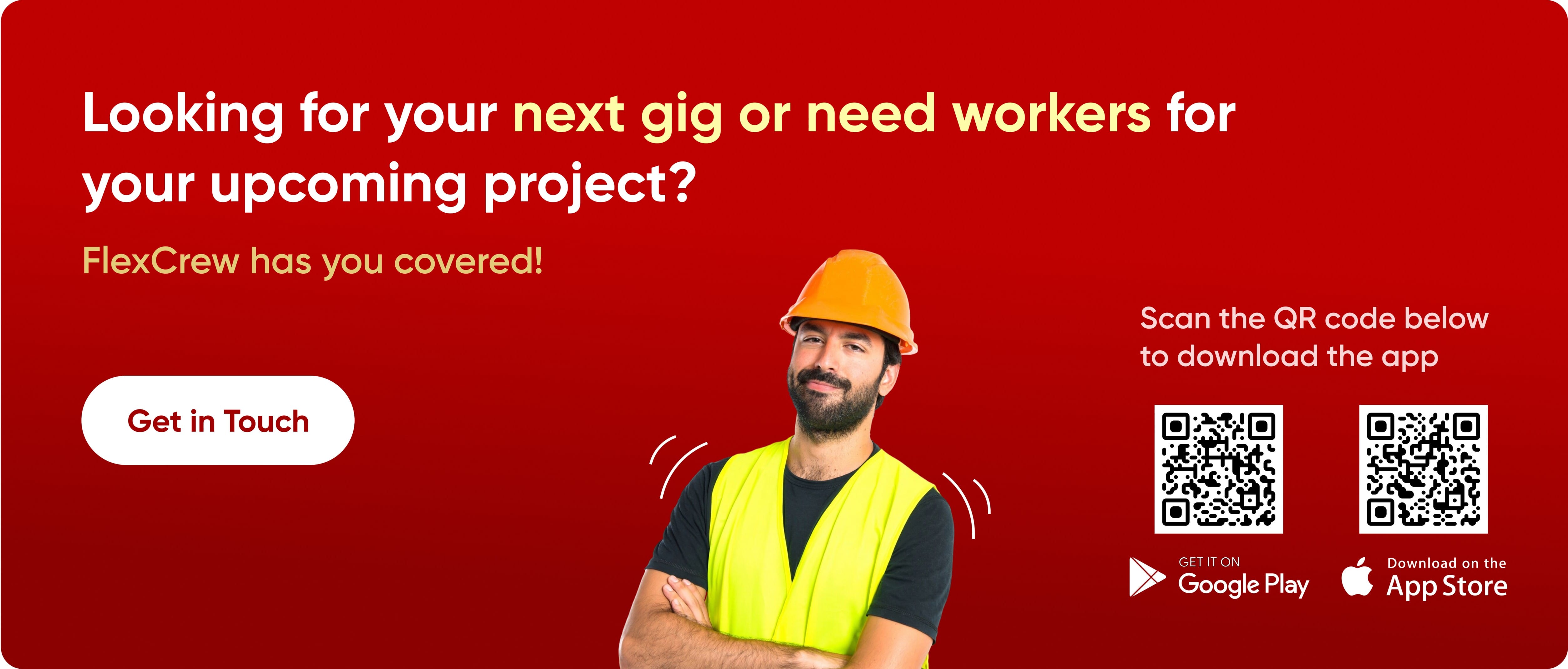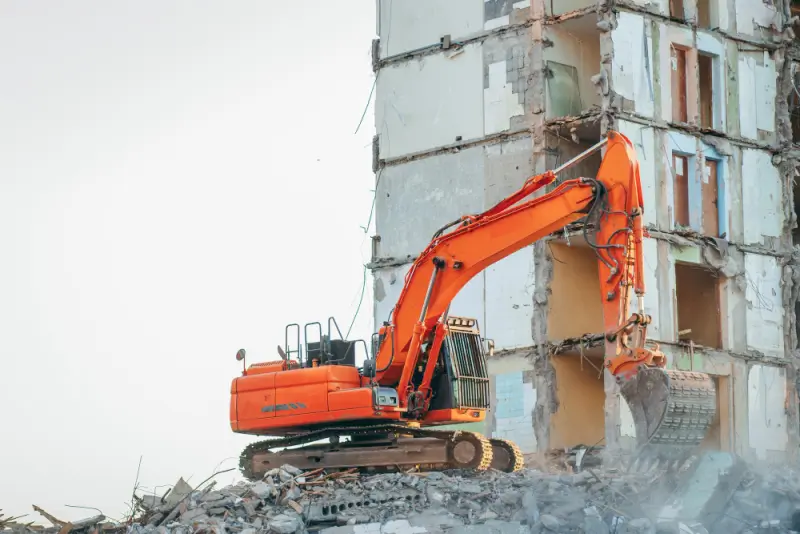Construction projects fail at an alarming rate. Late deliveries, cost overruns, and poor coordination plague the industry. Pull planning offers a proven solution that flips traditional scheduling on its head, creating more predictable outcomes and stronger team collaboration.
What Is Pull Planning in Construction?
Pull planning is a collaborative scheduling method that starts with your project's end goal and works backward to create a realistic timeline. Instead of pushing tasks forward from a start date (traditional scheduling), teams "pull" work backward from key milestones like project completion or critical inspections.
This reverse-engineering approach brings together all stakeholders - project managers, superintendents, subcontractors, and suppliers - in a shared planning process. Everyone contributes their expertise to identify tasks, durations, and dependencies based on real-world constraints rather than theoretical assumptions.
Think of pull planning like planning a dinner party. Rather than starting with shopping and hoping everything comes together, you begin with the dinner time and work backward: when guests arrive, when food should be ready, when prep needs to start, and finally when shopping must happen.
Pull Planning vs Push Planning: The Key Difference
Push Planning (Traditional Method):
Starts from project beginning
Project managers create schedules alone
Tasks pushed forward based on estimates
Limited stakeholder input
Creates cascading delays when early tasks fall behind
Pull Planning (Collaborative Method):
Starts from project end or milestone
All stakeholders participate in planning
Tasks pulled backward based on actual needs
High stakeholder involvement
Adaptable to changing conditions
Research shows that projects using pull planning techniques experience up to 30% fewer delays compared to traditional push planning methods. Labor costs decreased by 29-31% when teams switched from push to pull approaches.

The Core Principles of Effective Pull Planning
1. Backward Planning
Start with your completion milestone and work backward to identify every prerequisite task. This approach asks not "What's next?" but rather "What must happen before we can proceed?"
2. Collaborative Input
Include representatives from every trade and stakeholder group. If even one trade is without representation at the meeting, the pull plan process could produce a flawed schedule that may cause project delays.
3. Visual Scheduling
Use color-coded sticky notes or digital tools to map the entire project timeline on a wall or board. This creates a shared understanding that everyone can see and contribute to.
4. Commitment-Based Planning
Team members commit to specific tasks and deadlines during planning sessions. Because the schedule is developed collaboratively, everyone has a voice in setting dates and expectations.
Step-by-Step Pull Planning Process
Phase 1: Preparation
Define Your Milestone: Clearly establish the end goal, whether it's substantial completion, occupancy permit, or phase handover.
Assemble Your Team: Invite key stakeholders including:
General contractor and superintendents
All subcontractor leads
Suppliers and vendors
Design team representatives
Safety supervisors
Prepare the Space: Find a large room with wall space for mapping. Remove chairs to encourage active participation.
Phase 2: Planning Session
Set Ground Rules: Establish how decisions will be made and conflicts resolved.
Map Dependencies: Starting from the milestone, each team identifies:
What work they need completed before they can start
How long their tasks will take
What they'll deliver to the next team
Build the Schedule: Use sticky notes to create a visual timeline, with each team placing their tasks in sequence.
Identify Constraints: Discuss potential roadblocks, resource conflicts, or scheduling challenges.
Phase 3: Implementation and Updates
Document the Plan: Convert the visual schedule into a formal project schedule.
Weekly Check-ins: Hold regular meetings to track progress and adjust the plan as needed.
Continuous Improvement: Use lessons learned to refine future pull planning sessions.
Benefits of Pull Planning for Construction Teams
Enhanced Team Collaboration
Pull planning breaks down silos between trades. By involving everyone in the scheduling process, it fosters a collaborative environment where each participant has a stake in the project's success.
Improved Schedule Reliability
When teams commit to realistic durations based on their expertise, schedules become more achievable. Studies show Pull Planning can reduce construction duration by up to 10% compared to traditional Push Planning.
Better Resource Management
This method allows for just-in-time delivery of resources, minimizing unnecessary inventory and reducing the risk of material damage.
Increased Safety Performance
By having all stakeholders actively engaged in the process, teams identify potential hazards earlier, allowing them to take corrective action before major impacts occur.
Cost Reduction
Some studies have shown that Pull Planning construction can reduce project costs by up to 15% compared to traditional Push Planning.
Common Pull Planning Challenges and Solutions
Challenge: Resistance to Change
Solution: Start with smaller project phases to demonstrate value before implementing on entire projects.
Challenge: Scheduling Conflicts Between Trades
Solution: Use detailed task descriptions and clear handoff criteria to minimize confusion.
Challenge: Maintaining Updated Plans
Solution: Implement digital pull planning tools that sync with project management software.
Challenge: Remote Team Participation
Solution: Use virtual collaboration platforms that allow remote sticky note placement and real-time updates.
Digital Tools for Modern Pull Planning
Traditional pull planning relied on physical sticky notes and whiteboards. Today's construction teams have access to digital platforms that streamline the process:
Real-time collaboration for remote teams
Automatic schedule updates when changes occur
Integration with project management software
Mobile access for field teams
Data analytics to track planning effectiveness
Popular digital pull planning platforms include Touchplan, Outbuild, and specialized modules within major construction management suites.
Building Your Pull Planning Skills: The Human Element
While technology enhances pull planning, success ultimately depends on having skilled team members who understand both the process and their trade expertise. Construction companies investing in pull planning often find they need workers who can:
Communicate effectively in collaborative settings
Understand project dependencies beyond their immediate scope
Adapt to changing project conditions
Commit to realistic timelines based on actual capacity
For construction professionals looking to advance their careers in this collaborative planning environment, having a strong resume that highlights these collaborative skills is essential. FlexCrew USA's AI Resume Builder helps construction workers showcase their planning, collaboration, and project management experience in a format that resonates with employers embracing modern construction methods.
Frequently Asked Questions
Q. What size projects benefit most from pull planning?
A. Pull planning works best for complex projects with multiple trades and dependencies. While it can be used on smaller projects, the collaborative benefits are most apparent on medium to large construction projects.
Q. How long does a pull planning session take?
A. Initial sessions typically take 4-8 hours depending on project complexity. Follow-up sessions are usually 1-2 hours weekly.
Q. Can pull planning work with traditional CPM schedules?
A. Yes, many teams use pull planning to develop realistic task sequences that then inform their formal CPM schedules.
Q. What if stakeholders can't attend in person?
A. Digital pull planning tools enable remote participation, though in-person sessions typically generate better collaboration and buy-in.
Q. How do you handle scope changes during pull planning?
A. The collaborative nature of pull planning makes it more adaptable to changes. Teams can quickly reassess dependencies and adjust the plan during regular update meetings.
Q. Is pull planning worth the upfront time investment?
A. Research consistently shows that the upfront planning time is recovered through reduced delays, fewer conflicts, and improved project predictability.
Q. What construction types work best with pull planning?
A. Pull planning is particularly effective for projects with complex coordination requirements like hospitals, data centers, and multi-phase developments.
Ready to advance your construction career? FlexCrew USA's AI Resume Builder helps you highlight the collaborative planning and project management skills that today's construction employers value most. Create your professional resume in minutes and showcase your expertise in modern construction methodologies.



